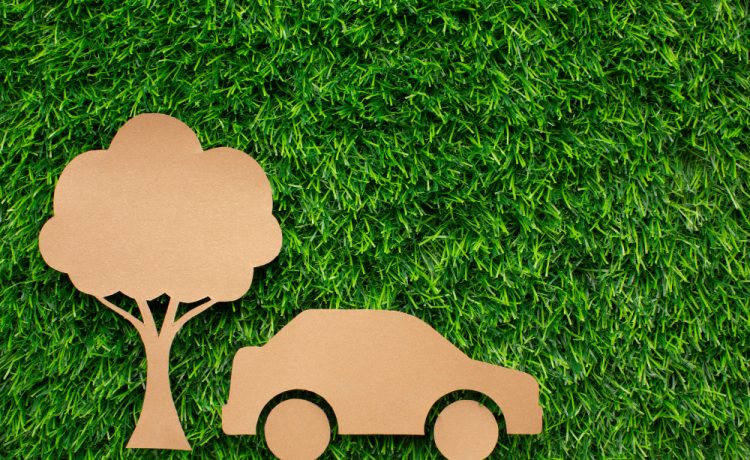Vehicle emissions of greenhouse gases and other harmful pollutants make driving a major source of pollution in the environment. Changing to more environmentally friendly driving practices will lessen the carbon footprint of your vehicle and benefit the environment.
Recognizing Carbon Footprint
A car’s carbon footprint is the total amount of emissions it produces while it is in motion, from fuel combustion to the emission of various pollutants and carbon dioxide (CO2). The first step to lessening your car’s environmental impact is to understand its carbon footprint.
Frequent Upkeep and Its Significance
Frequent auto maintenance can lower pollutants and greatly increase your car’s efficiency. Make sure your automobile gets air filter replacements, tire maintenance, and oil changes on schedule. An automobile that is well-maintained uses less fuel and emits fewer pollution.
The Advantages of Careful Driving
Excessive acceleration and braking are examples of aggressive driving behaviors that can raise emissions and fuel consumption. Using smooth driving practices, such as accelerating and decelerating gradually, can increase fuel economy and lessen the environmental effect of your vehicle.
Cut Down on Idling Time
Your car consumes gasoline when it is idling and emits needless pollutants. It’s preferable to switch off the engine if you anticipate being still for longer than a minute. In contemporary automobiles, stopping and starting the engine consumes less fuel than idling it to warm it up. You can hire the Auto Repair Services in Woodbury, MN in this case.
Appropriate Tire Upkeep
Maintaining correct tire pressure helps lower emissions and increase fuel economy. The engine has to work harder and burn more gasoline when the tires are underinflated because they provide more resistance. Make sure your tires are inflated to the recommended levels by the manufacturer by checking their pressure on a regular basis.
Making Use of Cruise Control
When driving on a highway, using cruise control can help you keep your speed constant and use less fuel. This lowers carbon gas emissions from your car while simultaneously increasing fuel efficiency.
Reducing the Use of Air Conditioners
The engine has to work harder to run the air conditioner, which increases pollutants and fuel consumption. When traveling at slower speeds, use the ventilation system in the car or open the windows rather than turning on the air conditioning too frequently.
Combining and Carpooling Travels
One way to drastically cut down on your carbon footprint is to carpool or combine multiple errands into one trip to minimize the number of journeys you make. Reduced emissions and fuel consumption result from fewer journeys.
Conclusion
Changing to more environmentally friendly driving practices may not seem like much, but over time, they can add up to significantly lessen the environmental effect of your car. You can help create a cleaner, healthier environment by driving safely, taking care of your car, and thinking about other ways to get about.












